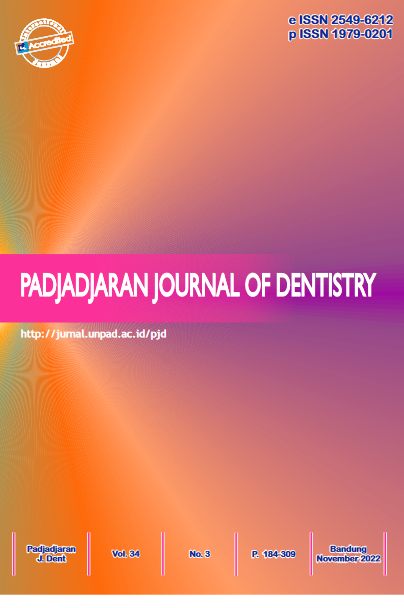
a preoperative assessment of bone density plays a vital role in the success of dental implant treatment. the maxilla and mandibular alveolar bone had a variety of bone densities. Therefore, dental imaging is an important step before placing a dental implant. Recently, Cone beam computed tomography (CBCT) is widely used in dental medicine and also recommended by AAOMR for preoperative implant placement. The aims of this study is to analyzed the alveolar bone density of the dental implant sites for dental implant planning using CBCT. Methods: ninety-three CBCT data were retrieved from the database of the department of oral and maxillofacial radiology at Dental Hospital Faculty of Dentistry Universitas Trisakti and examined. The recipient sites for dental implant placement were determined based on CBCT data using implant planning software (i-Dixel). The alveolar bones value is recorded in grayscale value (GV). Results: a great variety of alveolar bone density was observed ranging from 134-891 GV. One-way ANOVA was conducted, and statistically significant was only shown at the anterior mandibular region and molar mandibular region. However, no statistical differences were observed when comparing the male and female groups using the T-test. Conclusion: Critical evaluation through dental CBCT can be made before dental implant placement in the alveolar bones. the lowest alveolar bone density was observed in maxillary molar dental implant sites with mean 322 GV and highest alveolar bone density was shown in mandibular anterior dental implant sites with mean 558.8 GV. Determining the bone density at the dental implant site before dental implant placement is crucial. Primary stability and secondary stability is determined by bone de

Oleh :
Muhammad Novo Perwira Lubis